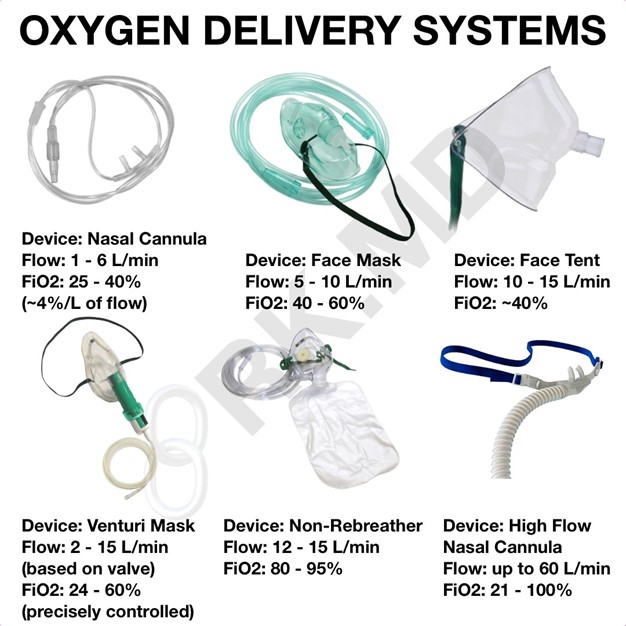The nurse is obtaining the client's vital signs prior to an endoscopy.
Complete the following sentence by using the list of options.
The nurse should first anticipate the need to
The Correct Answer is {"dropdown-group-1":"D","dropdown-group-1":"B"}
The nurse should first anticipate the need to withhold oral intake then assess the client's vital signs.
Given the client’s symptoms of gnawing abdominal pain, dark tarry stools (indicating possible gastrointestinal bleeding), and pain worsened by eating, withholding oral intake is crucial to prevent further irritation or complications, especially before an endoscopic procedure. This helps avoid complications such as aspiration or exacerbating gastrointestinal issues. After ensuring that oral intake is managed appropriately, the nurse should then assess the client's vital signs to monitor for signs of hemodynamic instability or further deterioration, which can provide critical information about the client's current condition and guide further interventions.
Nursing Test Bank
Naxlex Comprehensive Predictor Exams
Related Questions
Correct Answer is A
Explanation
A. Correct. Placenta previa is a condition where the placenta covers part or all of the cervix.
Bright red vaginal bleeding, especially painless bleeding, is a hallmark sign of placenta previa.
B. Incorrect. Persistent uterine contractions are not a typical finding in placenta previa and could indicate preterm labor or other issues.
C. Incorrect. Increased fetal movement is not a characteristic sign of placenta previa.
D. Incorrect. A rigid abdomen is not associated with placenta previa; it could be a sign of other conditions such as placental abruption.
Correct Answer is C
Explanation
Since the client is prescribed home oxygen at 1 to 2 L/min, a nasal cannula is the most appropriate device for oxygen delivery in this scenario. A nasal cannula consists of two small prongs that are inserted into the client's nostrils, delivering oxygen directly into the nasal passages. It is a comfortable and commonly used device for low-flow oxygen therapy.
Petroleum jelly is not directly related to oxygen therapy and is not typically required for the use of a nasal cannula.
A reservoir bag is not typically used with a nasal cannula. It is a component of a different oxygen delivery system called a non-rebreather mask, which is used for high-flow oxygen therapy or in emergency situations.
An oxygen mask is also not typically used with a nasal cannula. It is a separate oxygen delivery device that covers the client's mouth and nose, delivering oxygen at a higher flow rate. Masks may be used in situations where higher concentrations or flows of oxygen are required, or when the client is unable to tolerate or use a nasal cannula effectively.

Whether you are a student looking to ace your exams or a practicing nurse seeking to enhance your expertise , our nursing education contents will empower you with the confidence and competence to make a difference in the lives of patients and become a respected leader in the healthcare field.
Visit Naxlex, invest in your future and unlock endless possibilities with our unparalleled nursing education contents today
Report Wrong Answer on the Current Question
Do you disagree with the answer? If yes, what is your expected answer? Explain.
Kindly be descriptive with the issue you are facing.
